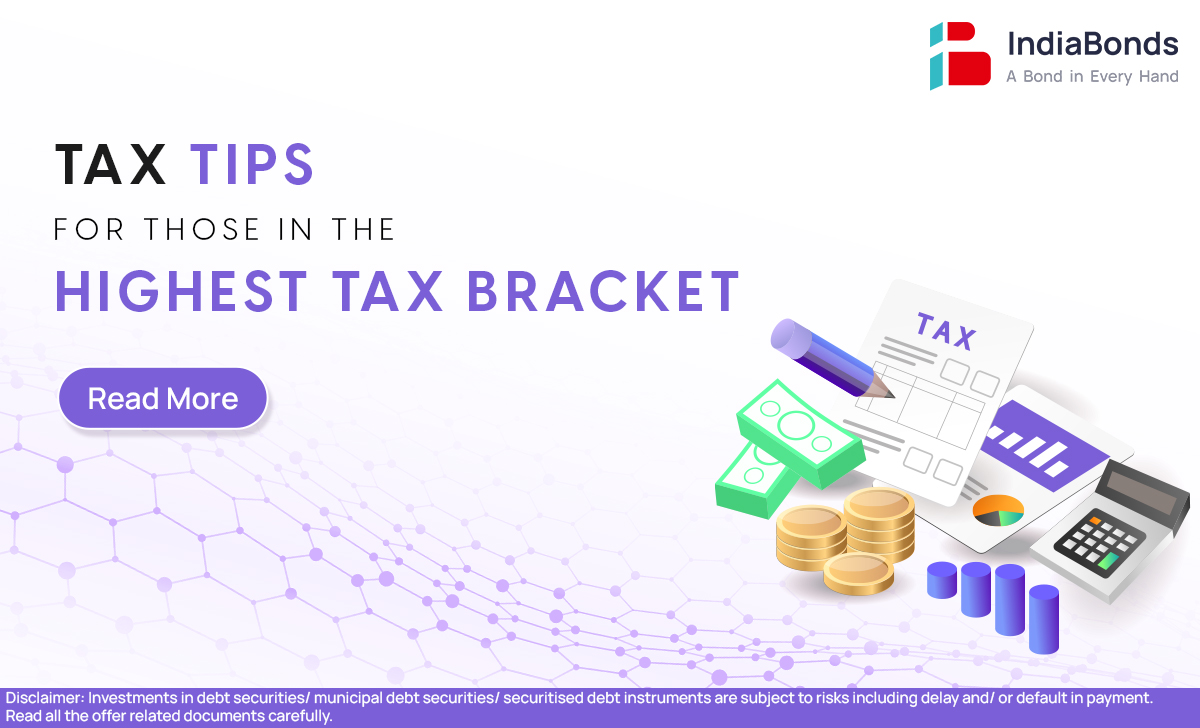
Let’s be honest — earning more feels great… until tax season rolls around.
If you’re in the highest tax bracket, chances are you’re paying 30% (or more) of your income in taxes. And after looking at your salary slip or final profit sheet, you’ve probably asked yourself, “Why am I working this hard if a third of it just disappears?”
The good news? You’re not stuck. There are smart, legal ways to reduce how much tax you pay — without juggling shady loopholes or complicated jargon. This guide is all about simplifying tax for high-income earners, and giving you real, actionable tax tips you can use right away.
Here’s the deal. India has a progressive income tax system — meaning the more you earn, the higher the percentage of tax you pay.
If you earn over ₹15 lakh annually (under the new tax regime), you’re officially in the highest tax bracket, which comes with a 30% tax rate. Now throw in cess and surcharge, and your total tax can climb over 35%. That’s a big bite out of your income.
But instead of stressing, it’s smarter to start asking: What part of my income is being taxed the most? Is there a better way to structure this? That’s where planning comes in.
Let’s be real — most people in this bracket already know about 80C, but the trick lies in combining multiple strategies. Here are some practical tax tips you can actually use:
Most people think income tax is only a central thing. But depending on where you live or where you earn, state-level charges like professional tax, stamp duty on property, or municipal levies can quietly impact your money.
Let’s say you’re based in Maharashtra but have rental income from a property in Tamil Nadu — you’ll need to consider local taxes too. If you run a business or freelance across states, this becomes even more important. Small state-level costs can add up fast.
Real estate isn’t just about wealth building — it’s also a handy tax-saving tool if used right.
Now, if your income is really high or comes from multiple sources — salary, business, investments — you need next-level strategies. Here are a few ideas:
You can’t avoid it completely if your income is high — but you can bring down your taxable income. Use smart deductions, spread out large earnings, and restructure income when possible.
It’s possible under the old regime. Use deductions like ₹1.5L (80C), ₹50K (NPS), ₹50K (standard deduction), and ₹25K–₹75K (health insurance). With proper planning, you can bring your tax liability close to zero.
If your income is over ₹15 lakh a year (under the new regime), you fall into the 30% tax bracket — India’s highest.
Anyone earning above ₹15L (new regime) or ₹10L (old regime) pays 30% tax. Add cess and surcharge, and your effective rate goes higher.
Here’s the bottom line: If you’re in the highest tax bracket, you’re already winning financially. But that doesn’t mean you have to lose out during tax season.
Think of taxes like a game. The rules are there — but if you learn how to play smart, you’ll come out ahead. Use these tax tips, lean into deductions, and talk to a professional when needed.
Because in the end, earning more is great — but keeping more is even better.
Disclaimer : Investments in debt securities/ municipal debt securities/ securitised debt instruments are subject to risks including delay and/ or default in payment. Read all the offer related documents carefully.